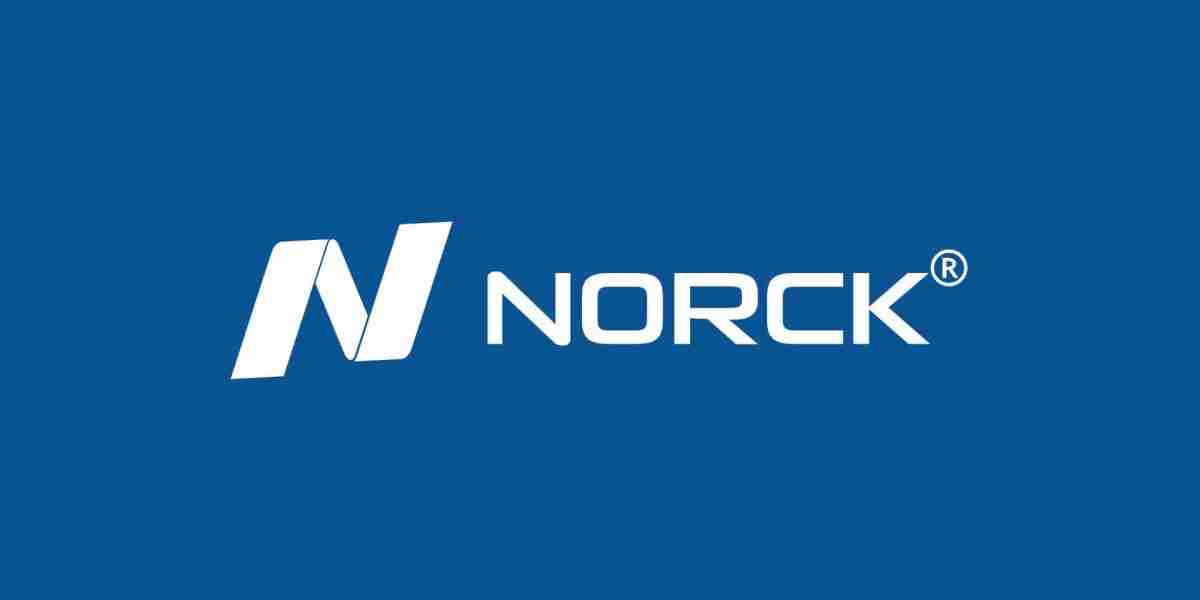In the rapidly changing world of online business, many entrepreneurs manage multiple brands, marketplaces, or product lines under a single online umbrella—this is known as an eCommerce portfolio. While these collections hold great potential, running each brand separately can become complicated and costly. That’s where e‑commerce aggregators come in: they are companies that acquire and support multiple online businesses to drive growth and extract more value.
By partnering with an aggregator, owners can benefit from expertise, capital, and operational systems—unlocking higher revenue and better valuation for their digital assets. Let’s explore how this model works and why it matters to online entrepreneurs.
What’s an eCommerce Portfolio?
An eCommerce portfolio consists of:
Multiple online stores selling distinct products
Brands sold across different marketplaces (like Amazon, eBay, Shopify)
A mix of digital and physical goods
One entrepreneur or team managing all of them
This setup allows diversification but also brings challenges: juggling marketing strategies, inventory, customer service, and finance for each brand individually.
Why e‑Commerce Aggregators Matter
e‑commerce aggregators act like modern investment firms, but instead of stocks, they invest in full-fledged online businesses. These firms buy established brands and then:
Streamline operations across their portfolio
Use centralized marketing, design, and customer service
Scale profitable models faster by applying proven systems
Negotiate better supply deals through higher volume
For sellers, working with an aggregator means access to resources that might be hard to manage alone while maintaining growth.
Benefit 1: Improved Operational Efficiency
Aggregators bring centralized systems that simplify daily tasks—especially for portfolio owners juggling multiple stores.
Examples include:
Unified inventory and fulfillment platforms
Shared marketing teams for SEO, ads, and social media
Central dashboards with analytics across brands
As a result, each brand in your eCommerce portfolio benefits from uniform processes and lower running costs.
Benefit 2: Access to Capital and Expertise
One of the biggest barriers to scaling online brands is investment. Aggregators offer:
Immediate funding to buy brands and fuel growth
Access to expert teams (finance, marketing, operations)
Funds for better inventory planning and innovation
Risk reduction thanks to operational guidance from experienced professionals
This support lets brand owners focus on long-term success rather than short-term cash flow.
Benefit 3: Enhanced Brand Visibility
Aggregators know how to drive brand growth faster:
They apply tested SEO and advertising techniques
They combine marketing across several brands to increase reach
They create in-house teams for professional content and design
They optimize listings and leverage data-driven decisions
For your eCommerce portfolio, this often translates to higher rankings, more traffic, and increased sales.
Benefit 4: Operational Resilience
Running online brands independently exposes you to single points of failure. Aggregators reduce this risk by:
Standardizing systems and staff across brands
Leveraging data to counter supply chain issues
Training teams to respond quickly to marketplace changes
Scaling best practices like automated feedback loops
In a downturn, a diversified eCommerce portfolio under an aggregator remains more stable.
Benefit 5: Better Valuation on Exit
If you plan to eventually sell your portfolio, partnering with an aggregator enhances value:
Buyers pay more for portfolios with consistent revenue and unified operations
Aggregators structure deals with clean, comparable metrics
Streamlined accounting, policies, and performance dashboards make due diligence easier
As a result, sellers often receive multiple times higher valuation per brand.
How to Choose the Right Aggregator
Before partnering with an aggregator, evaluate carefully:
Track record: How many brands have they grown or flipped successfully?
Post-acquisition support: Do they offer marketing, tech, supply chain support?
Deal structure: Will you stay involved or exit fully?
Cultural fit: Does their vision align with your business goals?
Transparent communication and shared vision are critical to success.
Typical Acquisition Process
Sellers should know what to expect when working with an aggregator:
Review: Aggregator conducts financial and operational audit
Offer: They make an offer based on historical profits and growth
Transition: Systems and teams are integrated
Scale: They apply growth strategies across the portfolio
Exit (Optional): Either you cash out or stay involved with performance-based incentives
Each step helps maximize the value of your eCommerce portfolio and sets it up for future success.
Real-World Success: A Case Example
Imagine a beverage founder selling tea blends on multiple platforms. Once an aggregator acquires the brand:
Marketing campaigns target organic and paid customers
Inventory synced across marketplaces with fewer stockouts
Central team handles packaging, design, and customer support
Revenue doubles, and EBITDA margins increase
The brand executes a smooth sale later on with strong financials
This model shows the power of aggregated expertise and resource sharing.
Conclusion
The eCommerce landscape continues to evolve, and so do the ways with which brands grow and exit. e‑commerce aggregators offer a clear path to scale, efficiency, and higher exit value for entrepreneurs managing an eCommerce portfolio. Their systems, capital access, and operational support help owners focus on product development and strategy while tapping into bigger growth opportunities.
If you’re serious about taking your online brands to the next level, exploring aggregator partnerships can be a transformative and profitable step.




